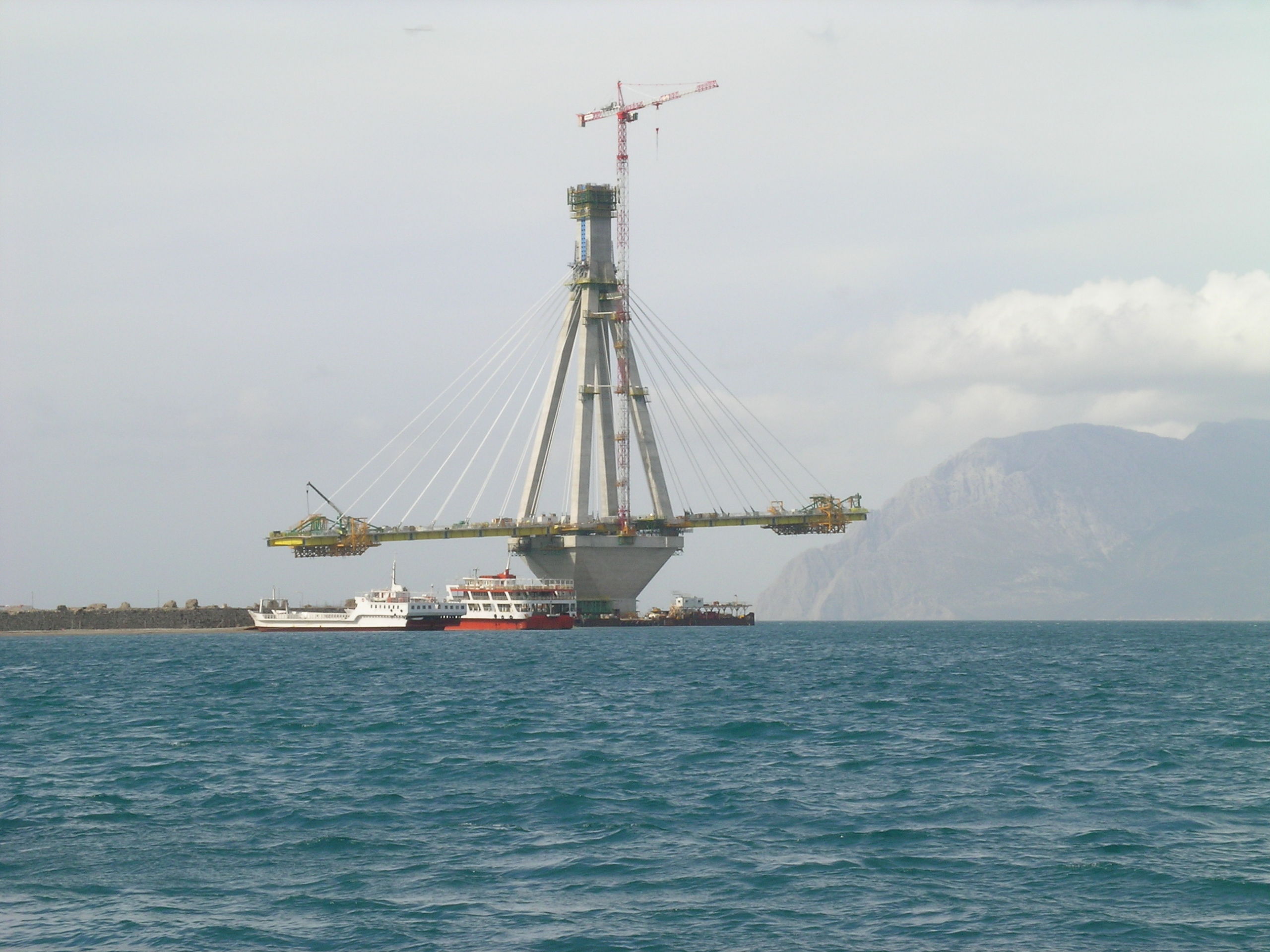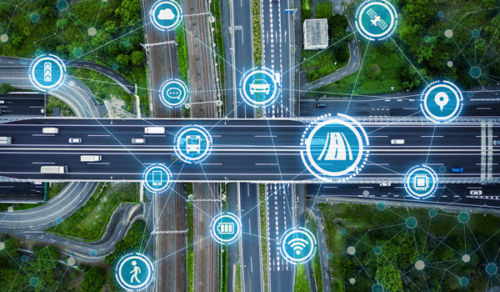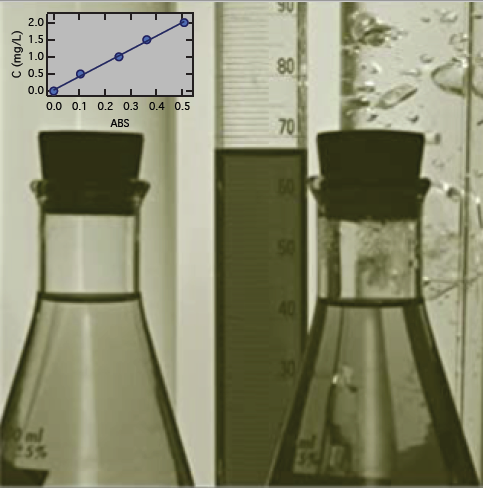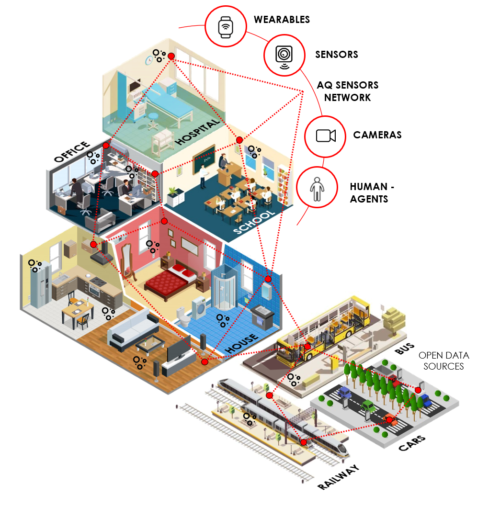| The course has two components:
(1) Seminar-style presentations on specific topics in Geodesy and Geoinformatics with extensive references to geophysical processes at the national and international scales (e.g, interactive presentation of thematic modules using research publications and application of computational tools and specialized software, e.g., R/Rstudio, QGIS, Google Earth Engine) using examples with field measurements, satellite data and complementary spatio-temporal observations. These modules cover a wide range of geophysical phenomena that are of great interest to the ever-evolving field of Civil Engineering and aim to familiarise students with the analysis of spatio-temporal observations. (2) Development of a semester project that will be presented during a special conference. The topic is based on experimental data, literature research, processing of existing data or development of algorithms. The student also derives knowledge from the gradual progress, presentation and evaluation of all topics. |
GEODETIC APPLICATIONS
| SEMESTER | 9th |
|---|---|
| eclass | https://eclass.upatras.gr/courses/CIV1552/ |
| Details | http://www.civil.upatras.gr/index.php/odhgos/ |
| Instructor | PAPPAS CHRISTOFOROS |
| LANGUAGE OF INSTRUCTION and EXAMINATIONS | Greek |
| Credits ECTS | 5 |
| Erasmus+ | Υes |
| Code | CIV_9810Α |
| Successful completion of the course provides the following knowledge and skills:
(1) An in-depth understanding of the use of Geographic Information Systems (GIS) in Civil Engineering problems. (2) Familiarization with Geostatistical methods for the analysis of spatio-temporal observations. (3) Basic principles of Satellite Geodesy. (4) Use of modern Geodetic instruments (e.g., laser scanners) in surveying and designing structures. (5) Familiarization with digital techniques for processing and visualization of the topographic relief by extracting data from geospatial databases. (6) Basic geodetic techniques for the study of geophysical phenomena and natural disasters (landslides, earthquakes, fires, floods, etc.) using ground and satellite observations. (7) Geodetic techniques for the Structural Health Monitoring of infrastructures. |





